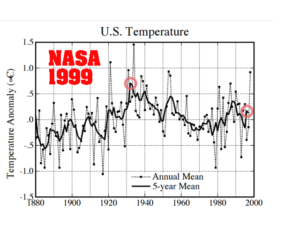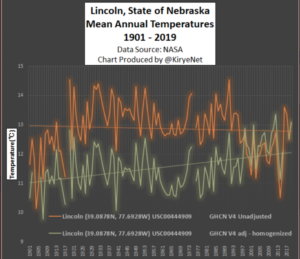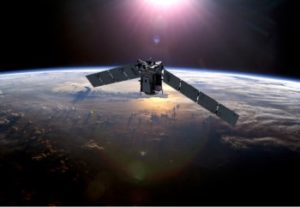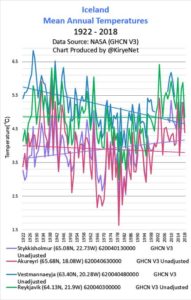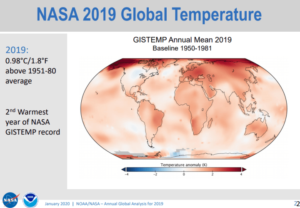Cap Allon, July 1, 2021 in Electroverse
NASA satellites have revealed that the mesosphere –the layer of the atmosphere some 30-50 miles above our heads– is COOLING and contracting.
Using decades of data and a number of satallites, a team at NASA have identified a cooling mesosphere.
“We had to put together three satellites’ worth of data,” said Scott Bailey, atmospheric scientist at Virginia Tech in Blacksburg, head of the new research, published in the Journal of Atmospheric and Solar-Terrestrial Physics.
“You need several decades to get a handle on these trends and isolate what’s happening,” continued Bailey, who goes on to blame the usual “greenhouse gas emissions” for the observed changes –well how else would they have obtained funding– however, Bailey also mentions “solar cycle changes, and other effects”.
Together, the satellites provided about 30 years of observations, indicating that the summer mesosphere over Earth’s poles is cooling four to five degrees Fahrenheit and contracting 500 to 650 feet per decade.
…
…

